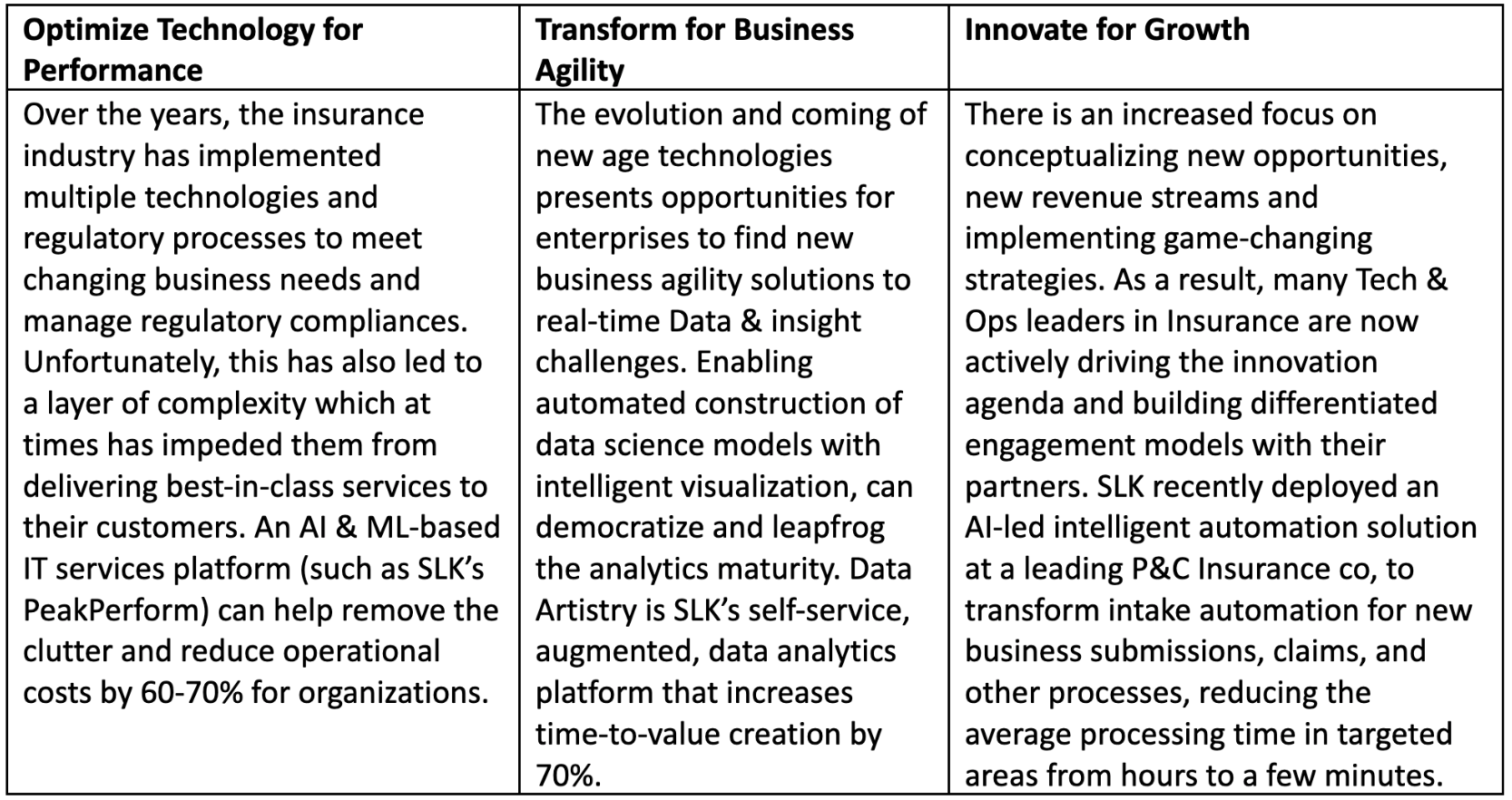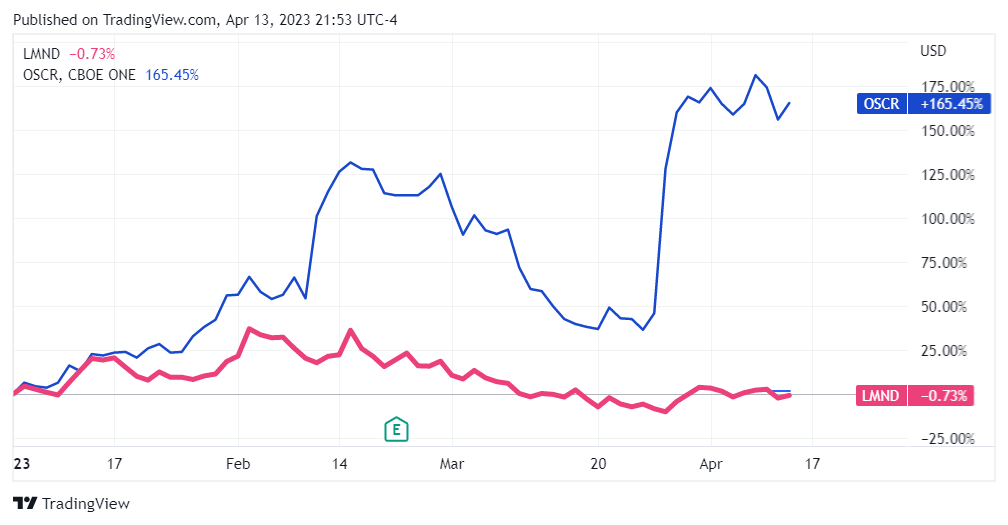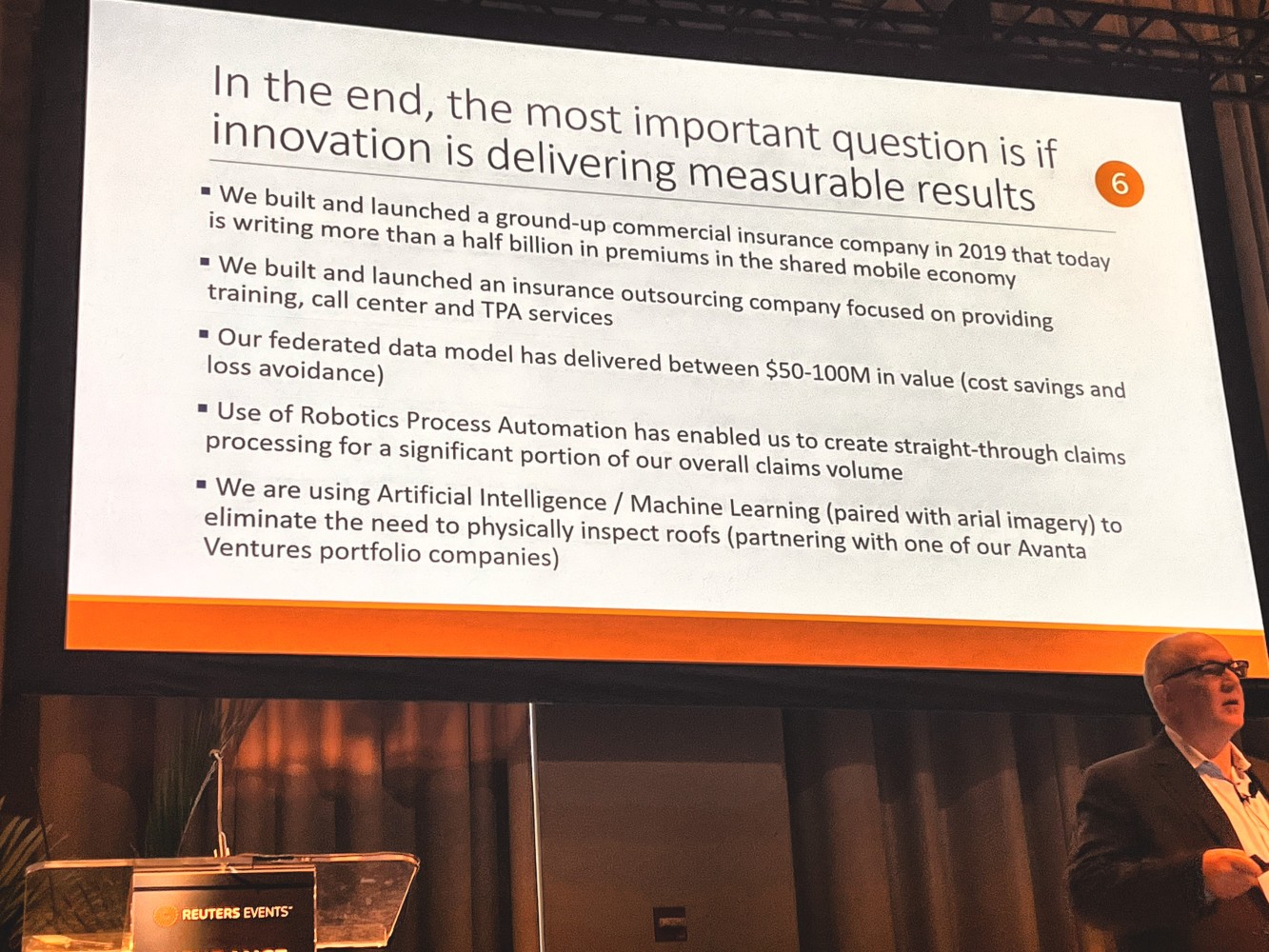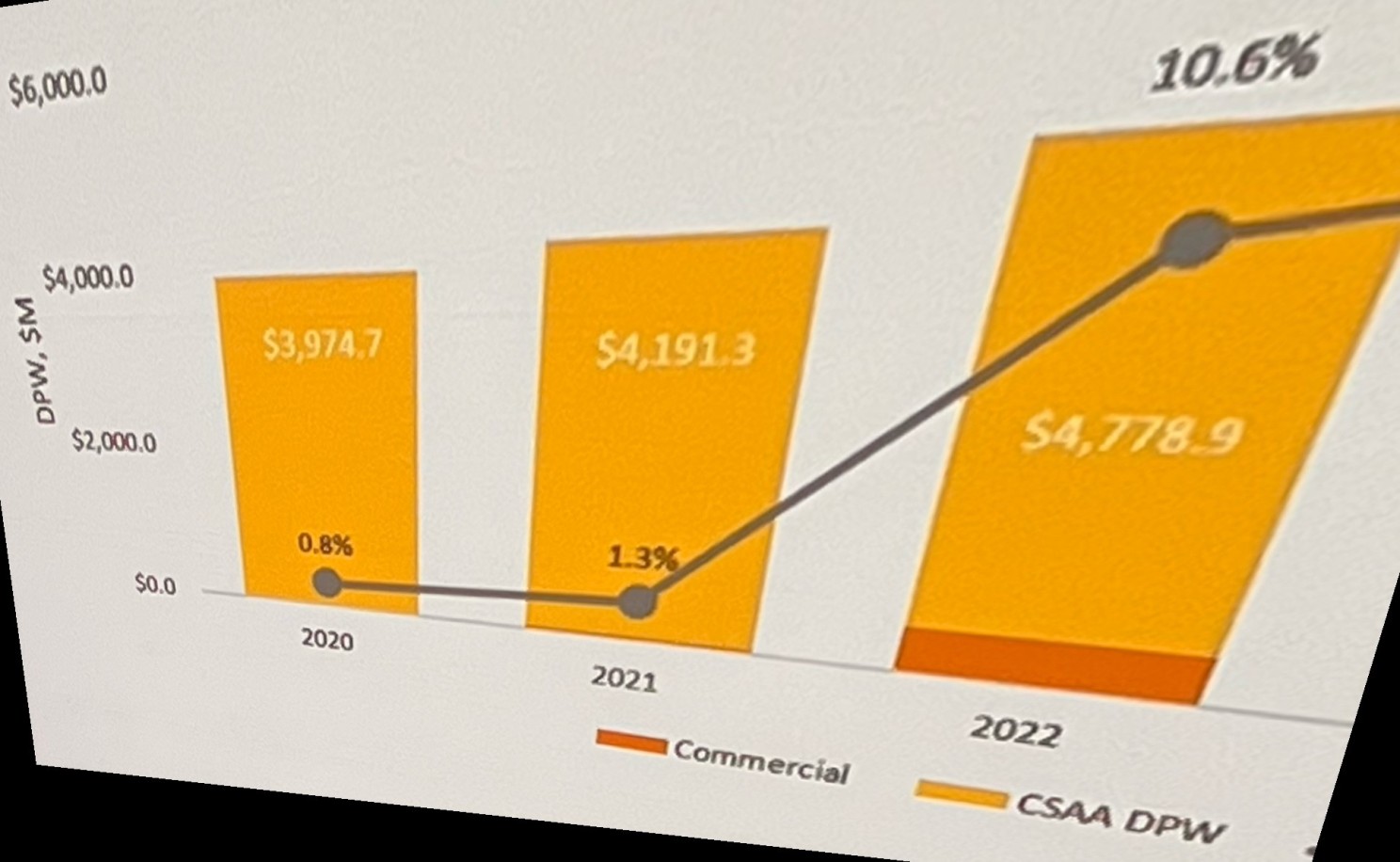KEY TAKEAWAYS:
--In the midst of all the enthusiasm, it's right to imagine your full range of strategic innovation options in the context of your company’s particular markets, strategy and key business drivers.
--But don't fall in love with the one or two you think are the best. Instead, break them down into smaller pieces and run those opportunities through a rigorous screening and experimental process.
--Test with inexpensive, rapid prototypes (not pilots) and be extremely disciplined about which should be dropped, which merit continued exploration and which should move into the pilot phase.
----------
AI is having quite a moment. One high-profile AI app, ChatGPT, has become the fastest-growing consumer app in history. It garnered over a million users in its first five days and hit one 100 million active users in just two months. That’s faster than TikTok, which took nine months to reach the same mark, and Instagram, which took 2.5 years.
ChatGPT is one of many recently launched applications using machine learning techniques to identify patterns from very large data sets to generate content. As its name implies, ChatGPT uses a text-message-like user interface to “chat” with the user. It can generate and tune intelligible (though not always correct) responses to seemingly any prompt, and it can do so in the form of essays, jokes, poetry, recipes and even computer code in response to user direction. Other apps can generate content in video, art and audio form.
The race is on to leverage the underlying AI platforms, tools and techniques in a wide range of consumer and industrial applications. Microsoft has invested $10 billion in OpenAI, ChapGPT’s developer, in hopes of using ChatGPT to help free it from its laggard status in the very lucrative business of internet search. Other tech giants, like China’s Baidu, also see this as an opportunity, and are investing heavily in similar capabilities. Not to be left behind, Google has made clear its intention to respond in force with its own suite of deep AI capabilities. A range of other industrial applications are being explored and debated, including in media, healthcare, education and finance.
Is it time for insurers to “go big” on this technology, too? The short answer is no. But, insurers shouldn’t just take a wait-and-see attitude, either. Instead, as I counseled in a previous article, insurers should follow Peter Drucker’s advice on innovation:
“Don’t subscribe to romantic theories of innovation that depend on ‘flashes of genius.’ Innovation begins with the analysis of opportunities. The search has to be organized and must be done on a regular, systematic basis.”
How might an organized, systematic approach to explore and leverage ChatGPT and other AI capabilities look? Here’s the outline of a three-stage approach that builds on many of the ideas that I’ve offered in previous IIS research articles.
1. Think Big
Thinking big means considering a full range of possibilities. Rather than accepting the widespread exuberance (or the emerging backlash) surrounding AI, make sure to understand your strategic innovation options in the context of your company’s particular markets, strategy and key business drivers. Consider both incremental and disruptive possibilities, including how developments might change customer preferences, enable new markets and upend business dynamics. Be willing to start from a clean sheet of paper. Don’t be too proud to explore downside and even doomsday scenarios, including how new developments might alienate your customers, dent your existing advantages and challenge your existing products.
What might be opportunities, for example, to automate repetitive tasks, help underwriters make better-informed decisions, improve the accuracy and speed of claims processing and enhance customer experiences? What are applicable lessons to take from Lemonade, which uses AI to automate the underwriting process and to handle claims processing. It also uses chatbots to communicate with customers, providing quick and convenient service. Allstate is using AI to prioritize claims for expedited handling. Metromile has long used AI algorithms to analyze driving data to help determine a customer's monthly insurance rate, offering more affordable insurance options to low-mileage drivers. Metromile’s AI capabilities were a key factor in its acquisition by Lemonade. Fraud detection is another area where AI is having a significant impact. AI algorithms can analyze large amounts of data, including claims data, policyholder data and social media, to identify unusual patterns and behavior that may indicate fraud.
See also: When You Have Too Many Good Innovation Ideas
AI might also be used to better address very large “change the world” kind of growth opportunities, such as in cyber-security and climate change. For example, AI algorithms can analyze large amounts of data to identify potential cyber risks, such as vulnerabilities in software and hardware, or unusual network traffic patterns. Insurers can use this information to help their clients better understand their cyber risk profiles and to develop more effective cybersecurity procedures, policies and products. AI algorithms can analyze vast amounts of data, such as weather patterns, satellite imagery and historical claims data, to identify patterns and trends that may indicate an increased risk of natural disasters. This information can be used to improve climate risk assessments and to develop more accurate pricing for insurance products.
It is important to explore not only the upsides but also the downsides and fault lines of this technology. AI tools are clearly powerful, but they also can inadvertently perpetuate bias due to flawed data or poorly designed algorithms. They can stimulate concerns about privacy, misuse of data and nefarious use by bad actors. And AI can provoke regulatory and customer backlash about automated rather than human-based decision making.
2. Start Small
Don’t fall in love with the ideas that come out of the “think big” stage. Resist the tendency of jumping on the bandwagon and going “all in” on one or two seemingly big ideas. Instead, break them down into smaller pieces and run those opportunities through a rigorous screening and experimental process, such as the one I proposed in my previous IIS article.
In the terminology of innovation portfolio management, the key to starting small is to pare all those potentially good ideas into a small basket of “option-creating investments” (OCI). OCIs are the earliest stage innovation initiatives. Companies typically pursue them to explore business opportunities that might yield large returns in the future. They resemble financial options—from which the name is derived—in that they are relatively low-cost, exhibit high risk and offer tremendously high potential returns but do not commit the organization to full-scale implementation.
It is important not to pursue too many OCIs. That’s because even though such efforts should be relatively low in cost, they will demand a lot of senior management attention. No truly disruptive innovation can succeed without sufficient senior executive attention to protect the efforts from corporate antibodies as necessary, to terminate them when they don’t pan out and to allocate the considerable resources for scaling if appropriate.
3. Learn Fast
After thinking big and starting small, aim to “learn fast” by taking a scientific approach to innovation.
Many companies think that experimentation consists of setting up pilot projects to validate concepts before they’re rolled out. But this is a dangerous approach. Pilots aren’t the answer, at least not on their own. Once something gets anointed as a “pilot,” it’s no longer an option—it’s the destination. Pilots are typically touted as “the answer,” rather than the testing of a possible answer. Assumptions are inevitably made that the pilot will work and will be quickly rolled out at scale. Senior executives invest political capital, often promising eventual success to the board, investors and the press. Team members are judged based on the pilot’s success or failure. All this means that pilots are typically overbuilt. There are no graceful ways to kill them. And, even course corrections are hard to make because any significant changes are seen as a sign of defeat.
Instead of jumping into production-quality pilots, you should achieve your early learning with prototypes that are all chewing gum and baling wire. The difference between a prototype and a pilot is there’s no possibility or expectation that a prototype will turn into a final version of the product or service. Prototypes are just tests to explore key questions, such as whether the technology will work, whether the product concept will meet customer needs or whether customers will prefer it over the competitive alternatives. Prototypes should aim to provide real insight that informs further learning and development. Each stage should minimize costs and maximize flexibility.
See also: AI Offers Big Step Up in Underwriting
In most cases, you’ll wind up doing several rounds of prototypes as you search for vulnerabilities and reduce uncertainties about technology and product viability. You’re looking for evidence of both potential success and failure, but all you want to learn is whether you know enough to kill the project (let the option expire), to continue exploring (renew the option) or to move forward into the next phase of production (exercise the option).
Discipline is critical — if the results after a round of prototyping are still unclear, be very specific about what issues need to be explored. Then lather, rinse and repeat—until you’ve resolved all the key questions.
Once you’re confident that you’re ready to exercise your option and proceed in a specific direction, don’t be tempted to go straight to full production and rollout. That can get you into trouble. Instead, this is the time to do a pilot.
* * *
Thinking big, starting small and learning fast won’t guarantee success. AI encompasses a complex set of technologies and capabilities at the advanced edges of computing. Figuring out your company’s strategy in the context of the immense opportunities and challenges that AI amplifies will be challenging, as it will be for your competitors. In the end, business is a contact sport. Some companies win; some companies lose. Taking a disciplined, long-game approach to innovation will put you in best position to win.



























